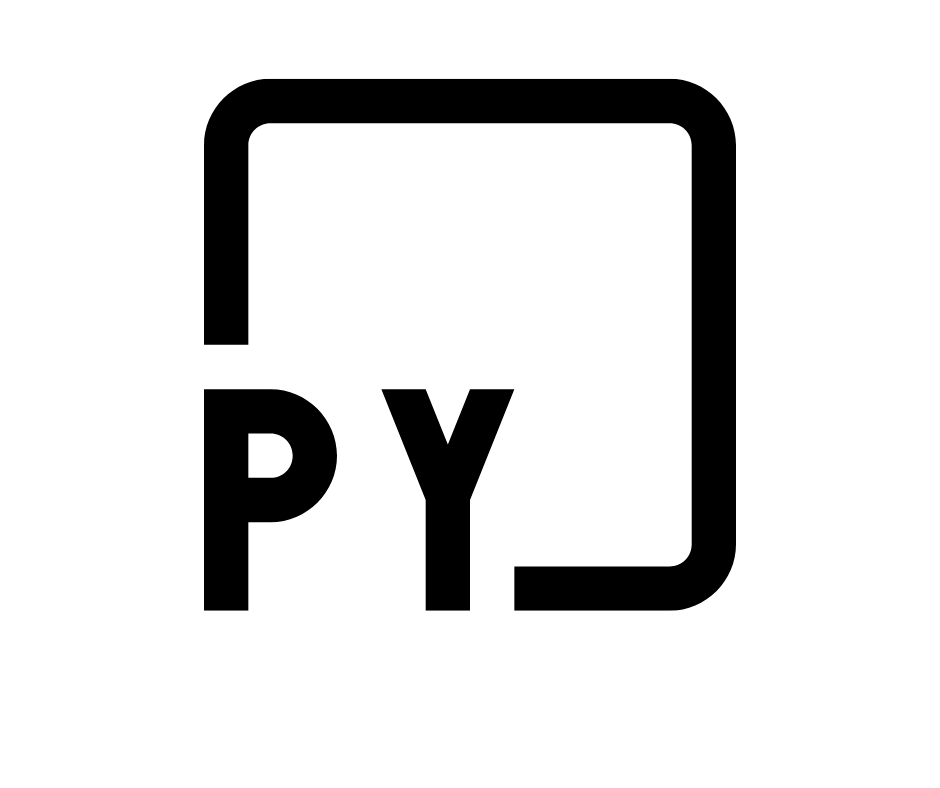Python Full Stack is an open-source platform that enables developers to efficiently manage their databases, making it a great tool for creating web applications. It simplifies database management by providing advantages like scalability, security, and performance optimization. To set up a database with Python Full Stack, you need an operating system like Windows or Linux and necessary software applications such as Apache HTTP Server, Node.js, and a relational database like MySQL or an object-oriented programming language like PostgreSQL or MongoDB.
Python Full Stack supports popular databases such as MySQL, PostgreSQL, MongoDB, Redis, Elasticsearch, and Couchbase, making it efficient and secure in managing data storage systems within web applications. To get started using Python + MongoDB, you should understand different databases and how to interact with them through queries written in different languages, manipulate queries written in web storage, explore programming languages and tools, and download a free Python + MongoDB project skeleton full source code. With these tips, anyone can quickly learn to use Python Full Stack to handle database management systems effectively and securely.
Choosing the Right Database for Your Project
Choosing the correct database is crucial for the success of your project. In Python full stack development, there are many database types available and each has its unique advantages and disadvantages. Knowing the features and use cases of each database can help developers make an informed decision regarding the best suited database for their project. Kelly Technologies Python Full Stack Developer Training in Hyderabad provides a comprehensive learning experience for individuals who want to learn this flexible language.
Before choosing a database system, it is necessary to understand the needs of your project. The type of data stored impacts whether a relational (SQL) or non-relational (NoSQL) database should be utilized. Explore all available options for databases and Python libraries that support them after determining the type of data storage required. Consider features, costs, scalability, and security when evaluating each option.
Before integration, test the combination that works best for your project. Maintaining the database throughout its lifecycle is critical to achieving optimal performance over time. Be ready to replace or update other components if something does not work properly with your current setup.
How to Choose the Best Database for Python Full Stack Projects
Choosing the right database for your Python Full Stack project can be daunting. With so many databases available, it’s hard to determine which one fits your needs. In this article, we’ll explore the advantages of using Python Full Stack, the types of databases suitable for it and how to choose the right one for your project.
Python Full Stack development is highly scalable and flexible due to its lightweight frameworks, such as Flask and Pyramid. Django offers a robust Object Relational Mapping system with authentication and admin systems. Meanwhile, TurboGears has strong JSON support and ORM capabilities.
Several database options are available for Python Full Stack projects, from MySQL and MongoDB to PostgreSQL, Redis and Elasticsearch. Choosing the best one requires weighing the advantages and drawbacks based on data type and app size.
It’s best to follow certain practices when deciding on a database system. Track changes made during development using version control software like Git or Subversion. Ensure necessary security measures are taken with sensitive data. Regularly backup data, optimize queries with indexes and monitor performance. Follow these steps to select the most suitable database system for your project while avoiding potential pitfalls.
Managing Data with Python Full Stack Libraries
Are you interested in learning more about how Python Full Stack handles database management? If so, you’re in the right place! Python is an incredibly versatile programming language, and its full stack development capabilities make it a great choice for managing data. In this article, we’ll discuss the fundamentals of database management and explore the advantages of using Python for data management. We’ll also look at some of the Python full stack libraries available for managing and manipulating data in databases. Finally, we’ll offer best practices for setting up, organizing, and maintaining a database using Python.
A full stack developer is someone who has knowledge of both front-end and back-end technologies. This includes HTML/CSS/JavaScript on the front end, as well as server-side languages such as PHP or NodeJS on the backend. By leveraging these skills together with an understanding of databases, a full stack developer can create powerful web applications that are capable of handling large amounts of data efficiently.
When it comes to managing data with Python Full Stack libraries, there are several options available to you. To establish a connection to your database of choice (such as MySQL or PostgreSQL), you can use popular open source libraries such as SQLAlchemy or Peewee ORM, which provide support for working with both SQL and NoSQL databases using Python code. Additionally, there are frameworks like Django and Flask which provide built-in tools for backend development, including working with databases from within your application codebase itself – there’s no need to write raw SQL queries!
How to Utilize Python Full Stack for Database Management
Python Full Stack for Database Management offers a multitude of benefits such as simplifying database management tasks, automating maintenance processes, and providing robust features and flexibility. This language is easily learned, allowing programmers to quickly create complex applications with less code than other options. Python’s libraries make connecting to databases reliable and straightforward.
To use Python Full Stack for Database Management, you first need to establish a connection with your chosen Database Management System (DBMS), like MySQL or MongoDB, using Python’s Database API (DBAPI). This will allow queries to be written in SQL or NoSQL structures depending on your needs. Both SQL commands and custom functions can be used. Python also makes it easy to automate tasks such as backing up, and deployment can be done with just one line of code if needed.
Learning how to interact with databases using Python is crucial for those aspiring to become full-stack programmers. Many online resources are available to help learn about different DBMSs such as MySQL or MongoDB, along with their syntaxes. Project skeletons are also available that include front-end and back-end technologies to get started quickly with Python and MongoDB integration.
Embracing Python Full Stack for data management provides many advantages, such as improved scalability and reliability, simpler operations, and more efficiency. With its ease-of-use and vast library support, there is no reason not to adopt this modern approach for dealing with large amounts of data.
Conclusion
In conclusion, Python Full Stack is an incredibly powerful technology for managing databases. It enables developers to easily create, deploy, and operate Python-powered applications with flexibility. With a wide range of libraries available for data manipulation, scalability, security, and performance optimization, it’s no surprise that so many businesses have adopted this technology for their database needs. In addition, its easy learning curve helps developers learn quickly while still being able to handle complex tasks. This article timesofblog is thought to have clarified your doubts.



